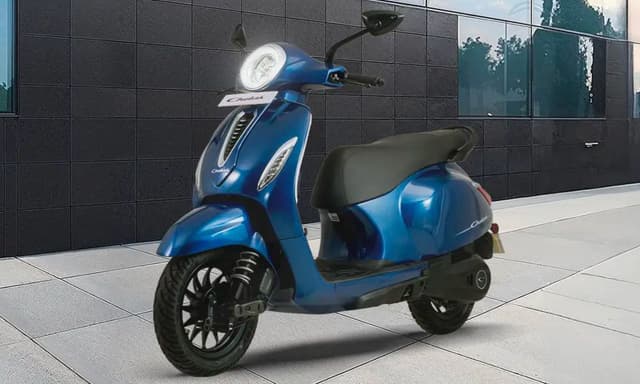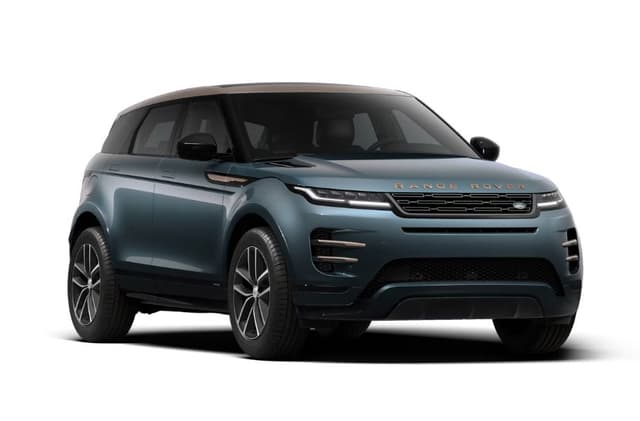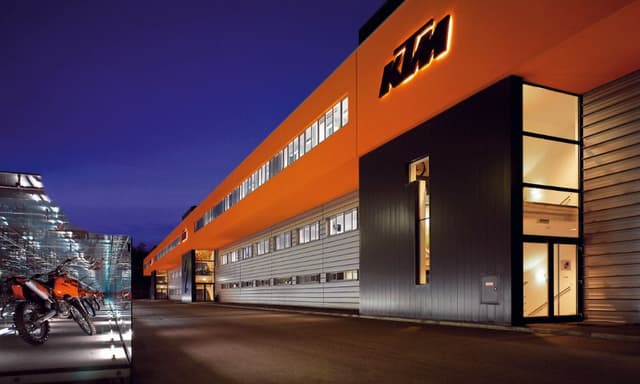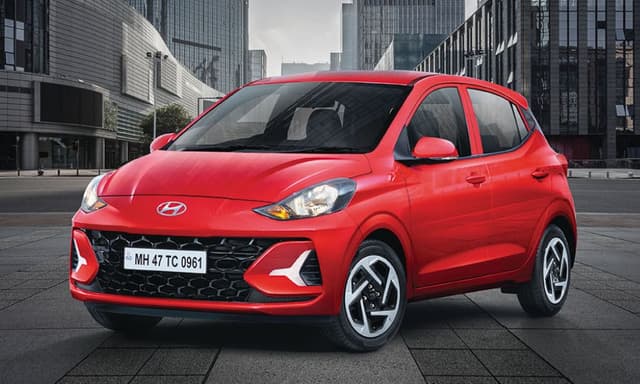India's Retail Inflation Surges In September, But Rate Cut Hopes Still High

Highlights
India's retail inflation rose close to the central bank's medium-term target of 4% in September for the first time in 14 months, but analysts still predict a sharp economic slowdown will prompt a sixth consecutive interest rate cut in December.
Annual retail inflation rose to 3.99% last month, driven by higher food prices, up sharply compared with 3.21% in the previous month, and higher than the 3.70% forecast in a Reuters poll of analysts.
Retail food prices, which make up nearly half of India's inflation basket, increased 5.11% in September from a year earlier, compared with 2.99% in August.
MADHAVI ARORA, ECONOMIST, EDELWEISS SECURITIES, MUMBAI
"The uptick in September was backed by sharp sequential uptick in food components, primarily led by vegetables prices. We think the food inflation seasonal uptrend will likely continue in the near term before easing later."
"We see headline inflation averaging around 3.7%-3.8% for FY20 and expect the headline print to fiddle above 4% in early part of 1HCY20, but not significant enough to derail the rate-cut cycle."
"Some signs of sequential bottoming of food prices are emerging, while there could also be increased policy focus ahead to correct food anomalies to favour agriculture terms of trade."
"On the other hand, we continue to see core inflation component fiddling a tad above 4% average in FY20, but admittedly moderating sharply from 5.8% in FY19. That said, the output gap remains significant, we continue to see rate cut cycle extending beyond October by at least another 50 bps, depending on the incoming data ahead."
SUNIL KUMAR SINHA, PRINCIPAL ECONOMIST, INDIA RATINGS, NEW DELHI
"Reflection of higher inflation in select food items has now begun to show in retail inflation as inflation in meat and fish, vegetables, and pulses jumped in September 2019."
"Vegetables and pulses contributed 76.4% of the increase in retail inflation in September over August. Food inflation would continue to rise at least till March 2020 mainly due to base effect. The other items exerting pressure on retail inflation in September 2019 are expenditure on health, education and personal care."
"Given the ongoing slowdown in the economy and retail inflation remaining well within the target range of the RBI, India Ratings and Research believes RBI will continue with accommodative policy and expect further rate cut in the policy review of December 2019."
JOSEPH THOMAS, HEAD RESEARCH, EMKAY WEALTH MANAGEMENT, MUMBAI
"It is mainly prices of vegetables and pulses that have pushed the (inflation) rate higher. With a good monsoon having come to a close, its moderating impact may be felt on the price level due to improved supply of produce."
"At this juncture, this may not be of much consequence to the official accommodative policy. A persistence of prices at higher levels beyond the ameliorating influence of the rains may alone invite a policy shift to neutrality."
SAKSHI GUPTA, ASSISTANT VICE-PRESIDENT, HDFC BANK, GURUGRAM
"The increase in CPI has been driven by a rise in food inflation, especially in urban areas. Our sense is that this spike is transitory."
"Fuel and core inflation continues to remain low and will keep the overall CPI trajectory in check. We continue to expect the RBI to lean towards pushing growth and deliver further rate cuts this year."
ANAGHA DEODHAR, ECONOMIST, ICICI SECURITIES, MUMBAI
"The increase in inflation is mainly due to rising vegetable prices. Onion prices shot up during September due to supply disruption. Hence, the rise in inflation was expected."
"Now, tomato prices have also started rising sharply. So, this trend could persist in October as well. We had expected inflation to breach 4% by November, but it happened two months earlier. If vegetable prices remain high in the coming weeks, full-year inflation could be higher than 3.65%."
SUVODEEP RAKSHIT, SENIOR ECONOMIST, KOTAK INSTITUTIONAL EQUITIES, MUMBAI
"The increase in CPI inflation to 3.99% in September is mainly on the back of food prices, especially urban food inflation, even as low rural food inflation keeps the overall food inflation under check."
"The increase in food prices have been due to a spurt in vegetable and pulses prices, which will most likely be transient. Core inflation continued to soften due to the impact of lower fuel prices and, to some extent, gold prices. It will likely soften further as rural health and education inflation normalize over October-December."
"Overall, with the CPI inflation on track to be around the 4% mark over next few quarters, the RBI will continue to focus on the growth trajectory as demand conditions remain weak. We continue to expect the RBI to have room for another 50 bps of rate cuts by end-FY2020."
RUPA REGE-NITSURE, GROUP CHIEF ECONOMIST, L&T FINANCIAL SERVICES, MUMBAI
"While the CPI print looks higher at 3.99%, it is entirely on the back of sharp spikes in the prices of vegetables, meat and fish, and pulses."
"Core inflation, which is a proxy for demand conditions has collapsed to 4.01%. On a year-on-year basis, it has come off by 181 bps. WPI core has already become negative. Prices of perishables like vegetables and meat will get normalised as soon as monsoon-related transport disruption is over."
"Pulses too may not pose any risk, as conditions for Rabi pulses are highly favourable due to healthy water reserves. The RBI will pay close attention to weak IIP print and demand slowdown."
"A possibility of rate-cut certainly exists, but its magnitude will depend on how HFIs behave in Q3, FY20."
GARIMA KAPOOR, ECONOMIST AND VICE-PRESIDENT, ELARA CAPITAL, MUMBAI
"The recent increase in headline CPI print has been on account of firming up of food inflation, especially in urban areas."
"Arrival of Kharif harvest and prospect of a good Rabi crop owing to comfortable water table in reservoirs means that food prices are expected to cool from November onwards, helping inflation to trend back to RBI's (Reserve Bank of India) projected levels and providing room for the RBI to cut rates. We expect the MPC (Monetary Policy Committee) to cut policy repo rate by another 50 bps until FY20-end with a 25 bps cut in December."
"All high frequency indicators of demand indicate soft demand conditions."
"While a low stable inflation is generally good, there is an urgent need for some inflation in the food economy that would help improve terms of trade of the rural economy, thereby supporting demand."
Related Articles
Latest News
- Home
- News
- Auto Industry
- India's Retail Inflation Surges In September, But Rate Cut Hopes Still High











